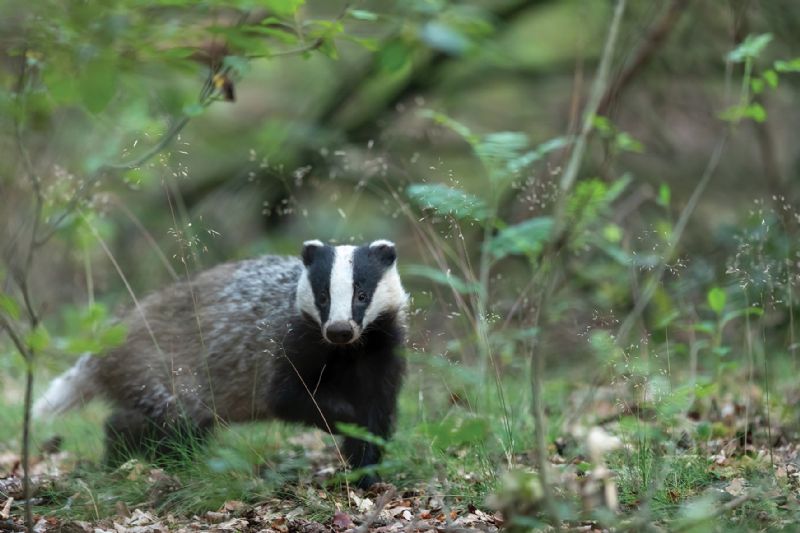- Home
- News, Articles & Reviews
We are hiring! Please click here to join our growing magazine delivery team in Gloucestershire!
Areas
Pets & Wildlife
Archive

Badgers beyond
All Areas > Pets & Wildlife > Wildlife Matters
Author: Dorothy Glen, Posted: Wednesday, 22nd February 2023, 09:00
I went badger watching once, as a teenager with my Dad. It was a warm evening and I hopped out of the car wearing my favourite denim shorts and was immediately set upon by wise adults with armfuls of bug spray.
I was grateful for that repellent as we hunkered down in the woods with the sun dipping and the biting insects coming to inspect their visitors. After a while we were rewarded with black noses sniffing the summer air, followed by those unmistakable humbug faces as the family came out for their evening antics.
Seeing badgers felt surreal. They are one of our iconic woodland creatures, but are rarely seen by most of us. As a result, seeing them in their natural habitat felt almost fantasy-like, as though I’d entered a children’s book.
They are very active outside the sett
But although sightings are unusual (or at least they are if you’re a town dweller like me), badgers are very active outside the sett; socialising, playing and foraging. They may travel a mile to find food, eating a wide variety of plants and animals. Earthworms make up to 80% of their diet – they can eat several hundred in one night, frustrating many a gardener who’s woken to a constellation of holes dug in their lawn.
A varied diet
They also eat fruits, cereals and insects. Their long claws and strong sense of smell allow them to locate the nests of small mammals including mice, rats and rabbits, and they are hedgehogs’ main natural predator. They can also eat wasp and bee nests, their thick hair and skin protecting them from stings.
Apart from holes in the lawn, a tell-tale sign that badgers live close by is the presence of their toilets, or latrines. Being clean animals, they like to do their business in designated places. These shallow pits can be found near sett entrances and food sources, and are used to mark territory. You might spot badger tracks close by, recognisable by having five evenly spaced toes, unlike dogs which have four.
The setts themselves can emerge from large mounds of soil. I know one which is surrounded by bright orange sandy mounds on top of the usual topsoil, as the badgers dig out a completely different type of earth from a meter or more below.
Spot badgers at sunset
If you’d like to see badgers, you are best going out on a spring or summer evening. Arrive at the sett (keeping your distance and not disturbing the environment) an hour before sunset and settle in. Be still and silent, and if you’re lucky, you might even see the cubs playing when they emerge at dusk. Don’t forget the insect repellent!Other Images
Copyright © 2025 The Local Answer Limited.
Unauthorized use and/or duplication of this material without express and written permission from this site's author and/or owner is strictly prohibited. Excerpts and links may be used, provided that full and clear credit is given to The Local Answer Limited and thelocalanswer.co.uk with appropriate and specific direction to the original content.More articles you may be interested in...


© 2025 The Local Answer Limited - Registered in England and Wales - Company No. 06929408
Unit H, Churchill Industrial Estate, Churchill Road, Leckhampton, Cheltenham, GL53 7EG - VAT Registration No. 975613000You are leaving the TLA website...
You are now leaving the TLA website and are going to a website that is not operated by us. The Local Answer are not responsible for the content or availability of linked sites, and cannot accept liability if the linked site has been compromised and contains unsuitable images or other content. If you wish to proceed, please click the "Continue" button below:




